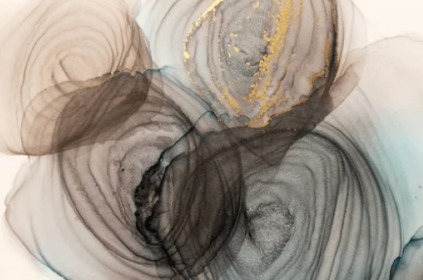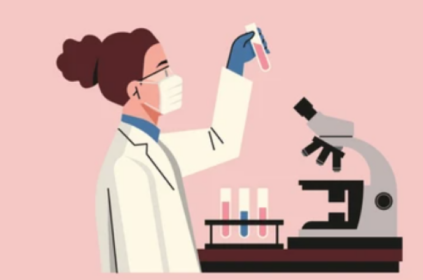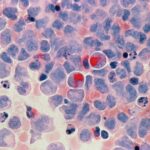The Phase 3 STARGLO clinical study set out to evaluate two combination therapies to understand how effective they could be for individuals living with relapsed or refractory diffuse large B-cell lymphoma (DLBCL). Trial participants had received at least one prior treatment option and were ineligible to receive autologous stem cell transplants.
Identifying novel treatments for DLBCL is crucial. Right now, up to 40% of people with DLBCL will relapse or have refractory disease. Some of these individuals who relapse cannot receive a stem cell transplant, making it significantly more difficult to treat.
The two combination therapies involved in this study were:
- Rituximab with gemcitabine + oxaliplatin
- Glofitamab (marketed as Columvi) with gemcitabine + oxaliplatin
The primary endpoint for the trial was overall survival, with secondary endpoints of progression-free survival, complete response rate, and tolerability (among others).
According to PharmaBiz, the trial met its primary endpoint. Participants who received the glofitamab combination had longer overall survival rates. Further, the treatment combination was shown to be safe and well-tolerated.
Outside of DLBCL, Columvi is being explored as a monotherapy and combination therapy for certain blood cancers, as well as B-cell non-Hodgkin lymphoma.
What You Should Know about DLBCL
Diffuse large B-cell lymphoma is an aggressive form of non-Hodgkin’s lymphoma that forms in the lymphatic system. In particular, DLBCL manifests in a type of white blood cell called B-lymphocytes. While it can occur in people of all ages, DLBCL most often affects older individuals (ages 60+). Additional risk factors include having a family history of this cancer, being immunocompromised, or having certain autoimmune diseases.
People with DLBCL may experience symptoms such as painless swollen lymph nodes, fevers, drenching night sweats, itchiness, losing weight without meaning to, fatigue, and appetite loss. Some additional symptoms may occur depending on where the DLBCL is located.
Treatment for DLBCL typically involves chemotherapy, as well as immunotherapy and targeted therapy. In some cases, radiation or stem cell transplantation may be recommended. If you have DLBCL, please speak with your physician about the best course of action. Because DLBCL is such an aggressive cancer, treatment should occur as soon as possible following diagnosis.
Prognosis for this cancer depends on various factors including disease stage, specific characteristics, and the age and overall health of the person affected.
Editor’s Note: Get Involved
Cancer doesn’t discriminate. Patient Worthy and its partners are interested in amplifying the voices of those from all identities and backgrounds. If you have a cancer journey to share, reach out here to learn more about how your voice can help spread awareness and inspire individuals from all walks of life.
clinical trial Columvi diffuse large b-cell lymphoma DLBCL oncology
Last modified: January 22, 2025











